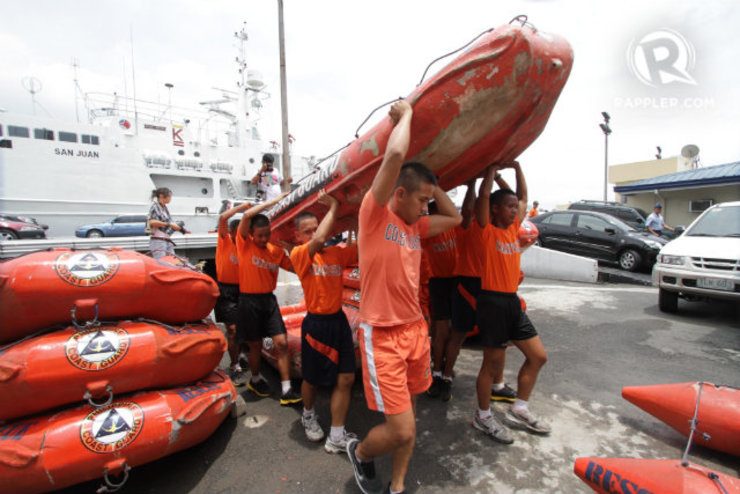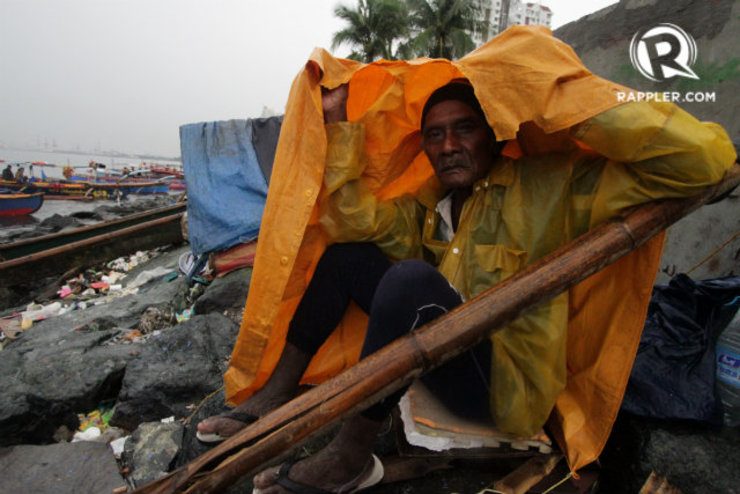SUMMARY
This is AI generated summarization, which may have errors. For context, always refer to the full article.

MANILA, Philippines – Disaster prevention agency Project NOAH said that 23 towns and cities in Bicol region, Quezon, Bataan, Pampanga and Metro Manila may experience storm surge as Typhoon Glenda (international name Rammasun) approaches them.
Ten municipalities in Camarines Sur, Bataan, Pampanga and Quezon are likely to experience the highest storm surge which may go as high as 3 meters (9.8 feet). (READ: Storm Surge 101: Are you at risk? Are you prepared for it?)
At the bottom of the list are 4 Metro Manila cities set to experience storm surge with a height of 1.51 to 2 meters (5 to 6.6 feet). They are Navotas, Manila, Parañaque, and Las Piñas.
See the complete list here.
The storm surge is expected to occur when the center of the typhoon is near the town or city, said Project NOAH.
As of 2 pm, the center of the typhoon was located 60 kilometers north northeast of Catarman, Northern Samar, or 110 km east southeast of Legazpi City, Albay.
Here are the 10 towns or cities likely to experience the highest storm surge:
| Municipality/City | Province | Predicted surge above sea level (meters) |
| Abucay | Bataan | 2.51 – 3.00 |
| San Jose | Camarines Sur | 2.51 – 3.00 |
| Tigaon | Camarines Sur | 2.51 – 3.00 |
| Lagonoy | Camarines Sur | 2.51 – 3.00 |
| Sagnay | Camarines Sur | 2.51 – 3.00 |
| Presentacion | Camarines Sur | 2.51 – 3.00 |
| Ragay | Camarines Sur | 2.51 – 3.00 |
| Del Gallego | Camarines Sur | 2.51 – 3.00 |
| Masantol | Pampanga | 2.51 – 3.00 |
| Guinayangan | Quezon | 2.51 – 3.00 |
How to prepare
Those living in areas where storm surge is likely to happen should move to higher ground, said Project NOAH executive director Mahar Lagmay.
“Those living in areas with storm surge alert warnings should seek and move to higher ground, especially if the area is low-lying or flat that will make it prone to inland inundation,” he said.

Residents should be ready to evacuate to higher ground or to evacuation centers. They should bring with them packing clothes, food, water, first aid kit, flashlight and a battery-powered radio.
They are also advised to move not less than 500 meters from the flat coast or beach. Before leaving their homes, they should close all windows, place valuable possessions in elevated areas and close the main electricity switch. – Rappler.com
Stay alert and ready with the latest weather and disaster information throughProject Agos.
Add a comment
How does this make you feel?
There are no comments yet. Add your comment to start the conversation.